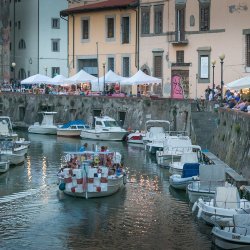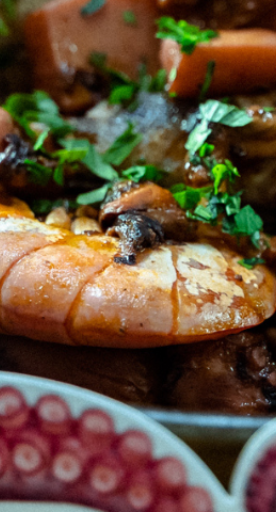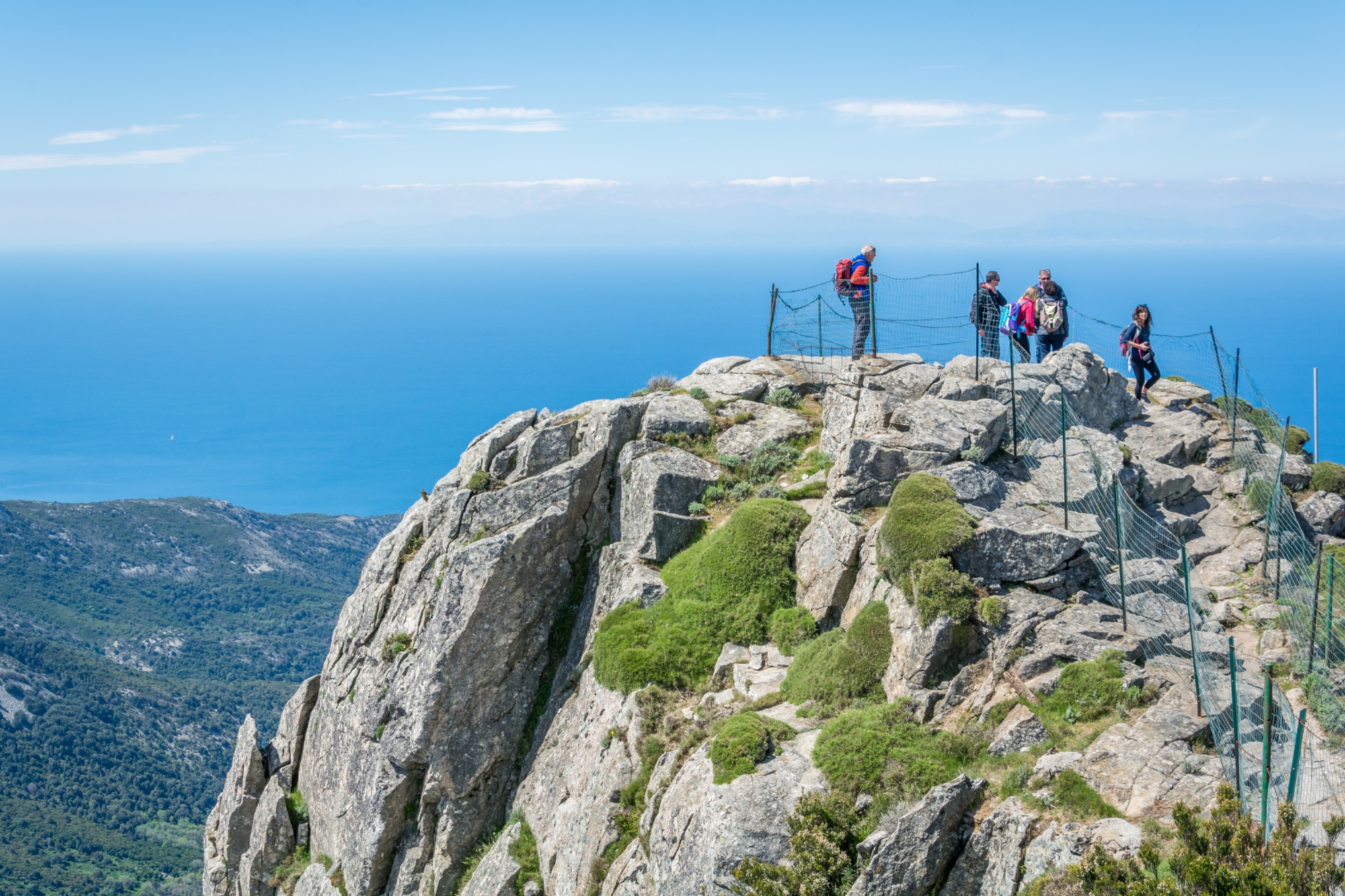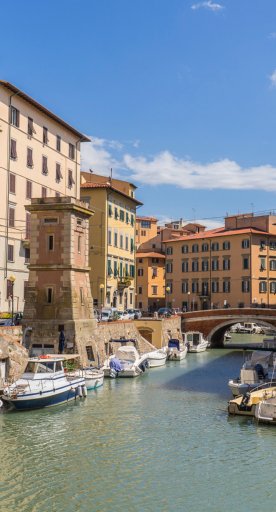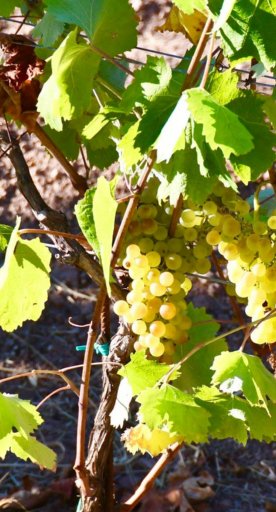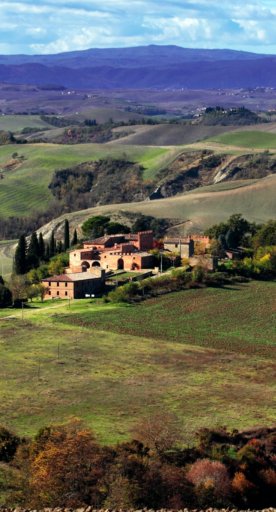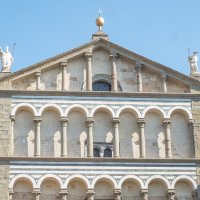
Discovering museums and artists in Livorno
Between archaeology and contemporary art, the city offers a rich cultural panorama
Visiting Livorno means walking along its charming Lungomare, but also discovering the countless exhibitions that trace the history of the city. Let's discover together the must-see museums.
-
1.Livorno City Museum, contemporary art in the historic Venezia Nuova district
-
2.The Giovanni Fattori Town Museum: Discovering the Macchiaioli
-
3.The house where Dedo was born, in the life of Amedeo Modigliani
-
4.The Mediterranean Museum of Natural History, discovering evolution
Livorno City Museum, contemporary art in the historic Venezia Nuova district
The old Bottini dell'Olio building is home to the "Museum of the City of Livorno" with a selection of contemporary artworks housed in the Baroque interior of the deconsecrated church in Piazza del Luogo Pio. Coming from the former Museum of Progressive Art of Villa Maria in Livorno, the permanent works on display involve world-famous Italian and international artists such as Pino Pascali, Piero Manzoni, Mario Nigro, Tancredi Parmeggiani and many others. Periodically, events and temporary exhibitions are also held in the other locations of the 18th-century building.
The Giovanni Fattori Town Museum: Discovering the Macchiaioli

He is the most important exponent of the Macchiaioli: Giovanni Fattori, with his rebellious nature, was born in Livorno in 1825 where he lived until 1845. Near Terrazza Mascagni is the "Museo Fattori", housed in the 19th-century Villa Mimbelli: in addition to temporary exhibitions, the museum offers an exhibition of paintings from the mid-19th century to the 1940s, focusing on Livorno and Tuscan artists, especially in relation to the Macchiaioli and Postmacchiaioli artistic movements.
The house where Dedo was born, in the life of Amedeo Modigliani

The house where Amedeo Modigliani was born, in Via Roma 38, is a typical bourgeois residence of the late 19th century. In the rooms on the first floor, the life of the painter and his works can be retraced through family photos, documents and reproductions of works divided into thematic exhibition panels. In addition, in the music room you can admire works by contemporary artists whose interpretations have paid homage to Modigliani.
The "Mascagnano Museum" is also nearby: Villa Maria houses memorabilia, photographs, scores and pianos of the musician Piero Mascagni.
The Mediterranean Museum of Natural History, discovering evolution

At the gates of the Villa Fabbricotti park stands the "Museum of Natural History of the Mediterranean". You can immerse yourself in human evolution with important fossil finds from the hominid family, but also in that of the inhabitants of the sea, and then go on to discover the Botanical Garden, with specimens of the Mediterranean scrub, and the stars at the Planetarium.



